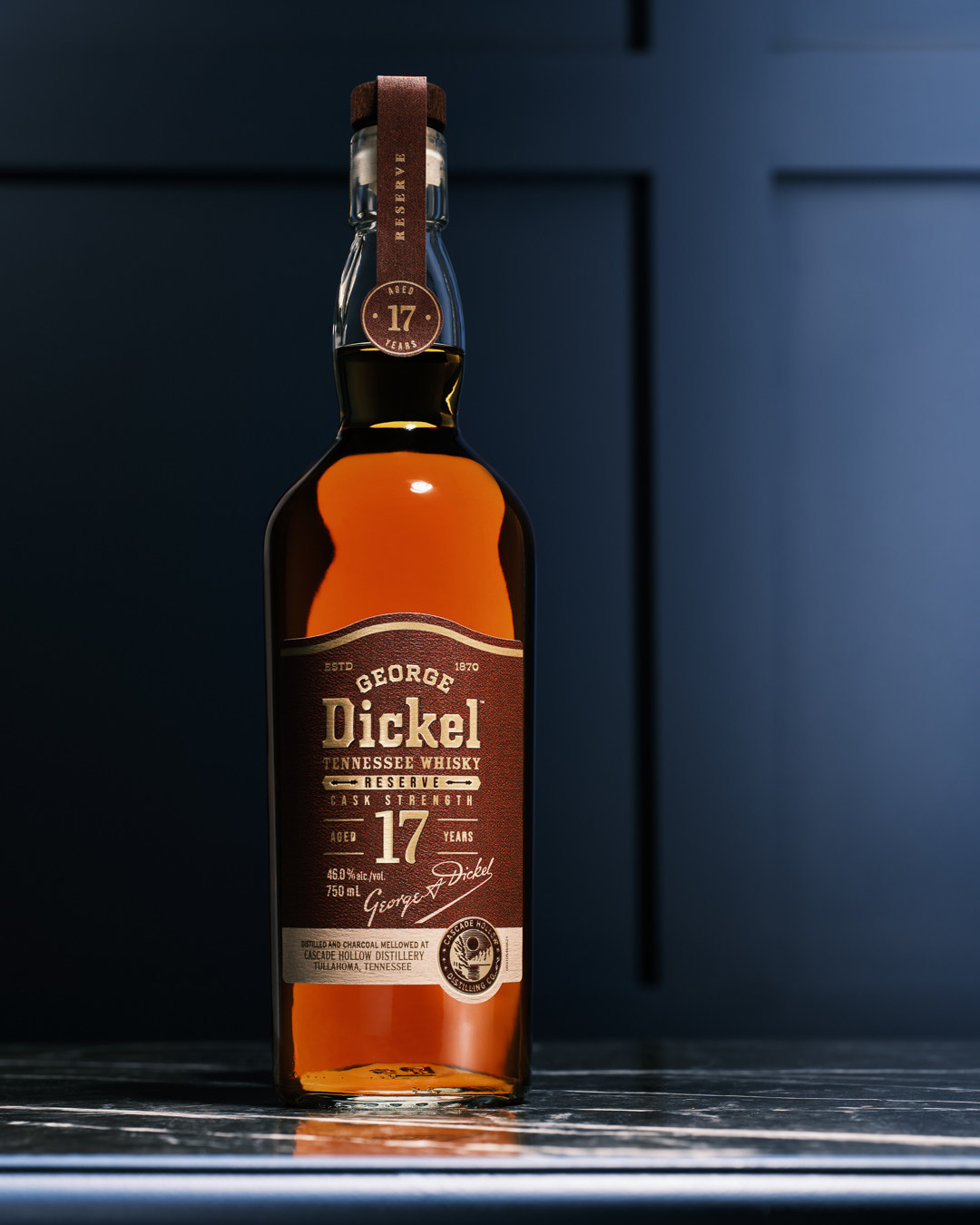Do’s and Don’ts of the ACL Recovery Process

Knee injuries in baseball may not be as common as they are in football or basketball, but they can still plague an athlete’s career. This year alone, the MLB has seen two of its biggest stars’, Dexter Fowler and Ronald Acuña Jr., seasons end due to ACL tears.
Running backward to catch a fly ball can be dangerous, so players are lucky that ACL tears aren’t more frequent. If you are also dealing with such an injury, explore these do’s and don’ts of the ACL recovery process for some advice to help you get back on the field.
Do: Listen to the Doctor
It is a long road to recovery after surgery, and there will be as many, if not more, hard days as there are good ones. So you shouldn’t ever feel discouraged and start to waver from your recovery plan. You must stick with the doctor’s plan and keep working. If you find yourself disagreeing with your treatment, try getting a second opinion rather than taking your recovery into your own hands.
You should also be aware that the timetable is bound to fluctuate with significant injuries like an ACL tear. So, don’t put too much emotional investment into the date you should be back, but rather, focus on how you feel.
Do: Physical Therapy
The most crucial part of getting ready to play again is making sure you feel back to your old self. After surgery, your knee will be fragile. As your tissue rebuilds, so will your confidence in the joint. That means dedicating your days to recovery.
It might be hard and painful, but the reason for physical therapy is to help build up your muscles so they can return to their former glory. In the old days, the possibility of returning to your former self from an ACL tear was miniscule, but the development of post-surgery treatment methods has made it possible for some athletes to return from knee injuries stronger than they’ve ever been.
Don’t: Rush
You can’t rush healing. Regardless of treatment plans and your personal desires, only your body will know when it is ready. In the early days of your injury, you’ll have to take it easy; that means no walking, biking, or swimming. As you start to heal, you might desire to push your limits; however, you should only do this in a controlled environment with health professionals present.
Slowly, as your body heals, your activity will increase. Finally, once you feel completely healed, it will be time to play again. If you return at 75 percent, you risk never fully recovering, and you’ll want to trust your knee once stepping up to take a swing in the box.
Using these do’s and don’ts of the ACL recovery process, you’ll be able to make the best choices for a fast and efficient treatment. You’ll be hitting home runs or striking out batters in no time.




